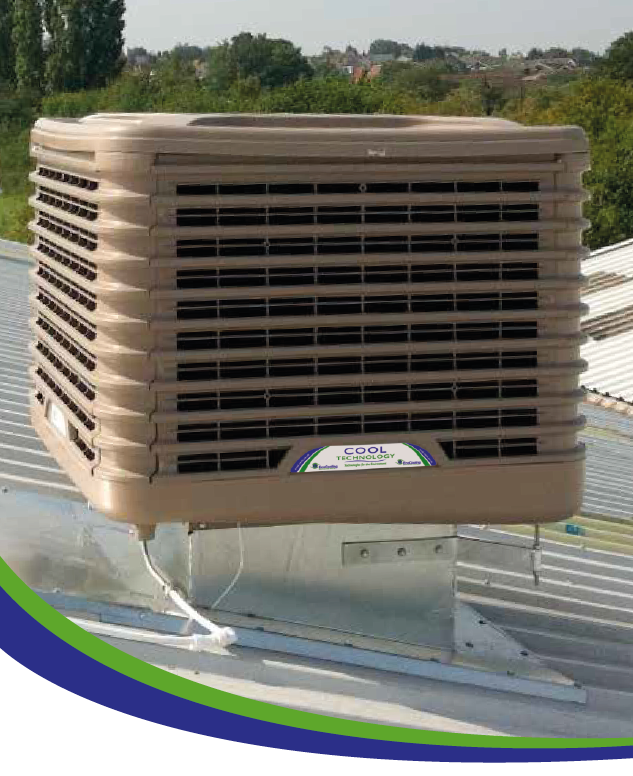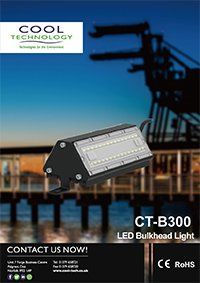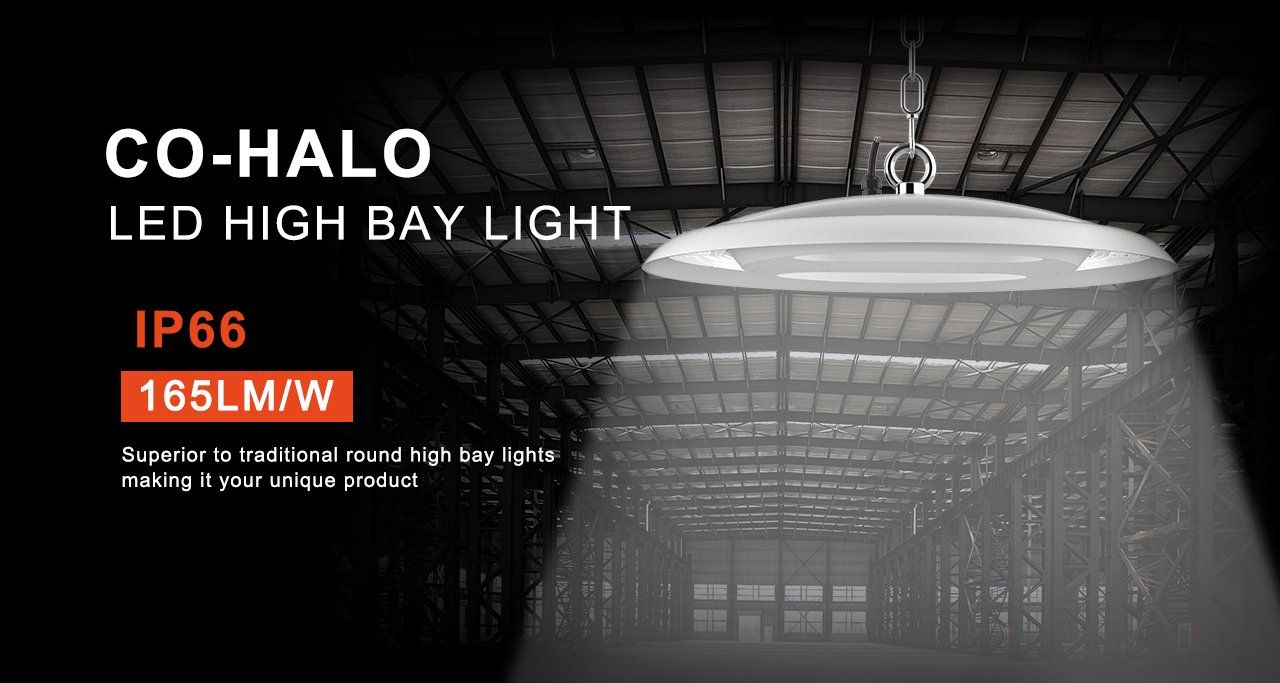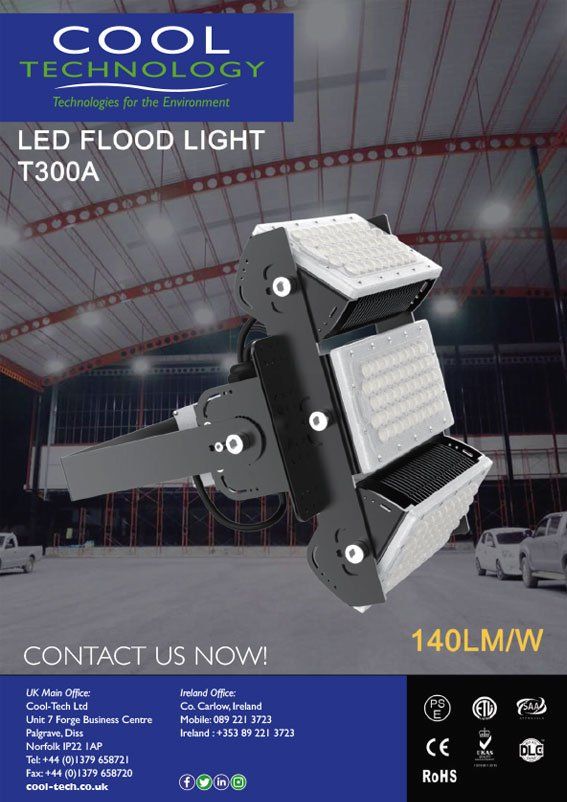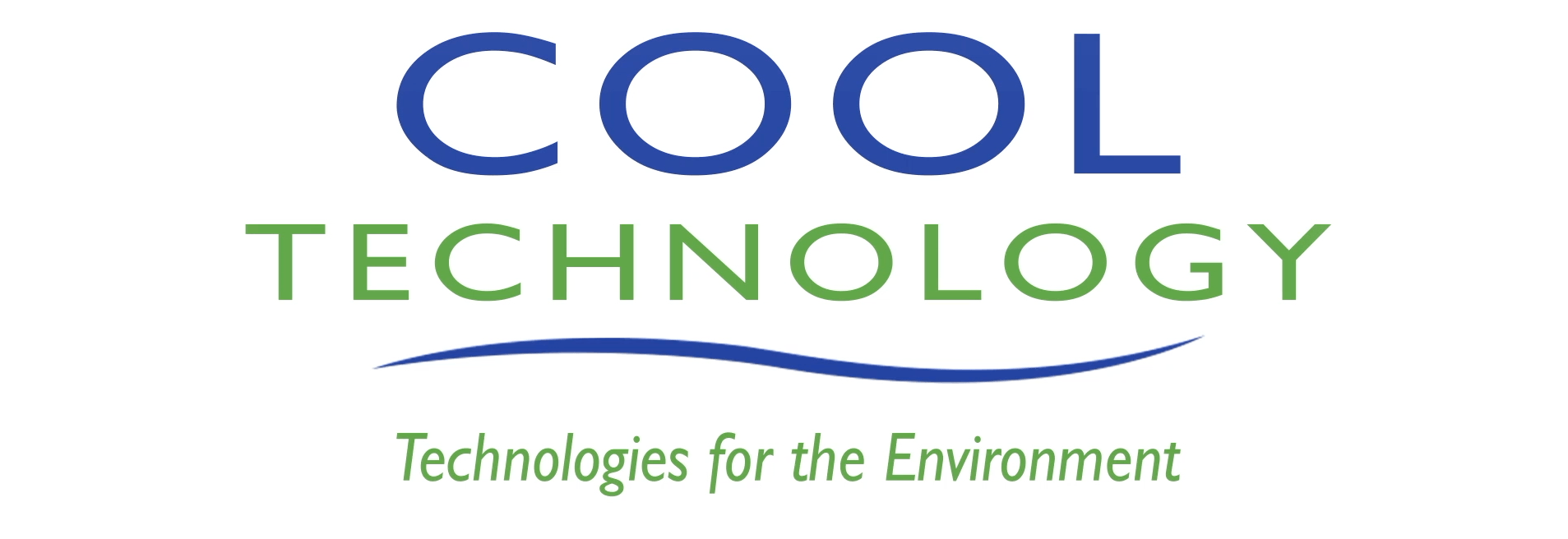How keeping people cool improves productivity
In spring 2022 we saw a clutch of extreme heat health warnings issued for England, with temperatures rocketing to 35C (95F) in some places. As the climate warms our weather is set to get steadily warmer, wetter, and less predictable. We’re due to see more heat waves, defined as above average temperatures for three days or more. So how do you keep your employees cool? Here’s what you need to know.
Is there a maximum temperature for places of work?
In the UK there are no laws around working temperatures being either too hot or too cold. But the Health and Safety Executive says the workplace must be a ‘reasonable’ temperature and provide ‘clean and fresh air’. They advise against making people work in temperatures below 13C for indoors and 16C outdoors, but there’s no upper temperature limit.
What is a comfortable upper working temperature?
Some say there should be a legal upper limit of 30C in most workplaces, 27C if you’re doing hard physical work, but it isn’t a legal requirement... yet. So far workers don’t have any rights. It’s down to the employer to decide what ‘too hot’ means.
At the same time the Health and Safety at Work Act says those who run businesses are generally responsible for employee welfare, and the union Unite says employers have a legal and moral duty to ensure people’s health isn’t damaged during hot weather.
2022’s heat waves led to the HSE recommending employers respond to the changing climate by fitting things like ventilation and air conditioning, and they’re also asking workers to speak out if they’re struggling with heat at work.
How does heat affect our performance at work?
As the body gets hotter our blood vessels open up, which reduces our blood pressure. This means the heart has to work harder to pump blood, and can lead to a heat rash or swollen feet when the blood vessels start to leak. Sweating heavily makes the body lose fluids and salt, the balance of which changes. Combine this with low blood pressure and it can lead to heat exhaustion, whose symptoms include dizziness and nausea, confusion, losing consciousness, muscle cramps, headaches, tiredness and – in the worst case scenario – the risk of a heart attack.
Our bodies work hard to stay at 37C, the temperature at which we perform best. The hotter we get, the harder we have to work to keep our core temperature at 37C. If you’re vulnerable, for example older or younger, diabetic or overweight, it can be even harder for the body to cope.
All this means a hot workplace isn’t a happy workplace. People slow down, feel sleepy, can’t think about anything else except the fact they’re uncomfortably hot. Some will go off sick, others will see their productivity levels plummet. So it makes a lot of business sense to keep people at the most comfortable possible temperature at work.
Affordable evaporative cooling for comfortable workplaces
Money matters more than ever, with margins being squeezed by the cost of living crisis, inflation and more. You need affordable ways to cool your premises, and that means evaporative cooling.
Evaporative cooling works by consuming the heat energy in the air naturally into cool air, pulling a constant flow of fresh air over water-soaked pads to provide an effect very like a refreshing sea breeze.
At the same time warm, used air is removed from the building to cool the place in an environmentally friendly way, with a tiny carbon footprint thanks to using an impressive
90% less energy than regular aircon.
No chemical refrigerants. No complex systems. Just a simple way to achieve cool, fresh, clean air and a lovely working environment.
Happy people work better. When your people are cool but the people working for your competitors are too hot, you win with higher productivity. You’ll have the chance to attract the best people to work for you, and because it’s such a comfortable place to work they may even stay with you for longer. That’s what we call a win-win!
If you’d like to prepare for a warmer world, we’ll be pleased to discuss the potential of evaporative cooling with you.

